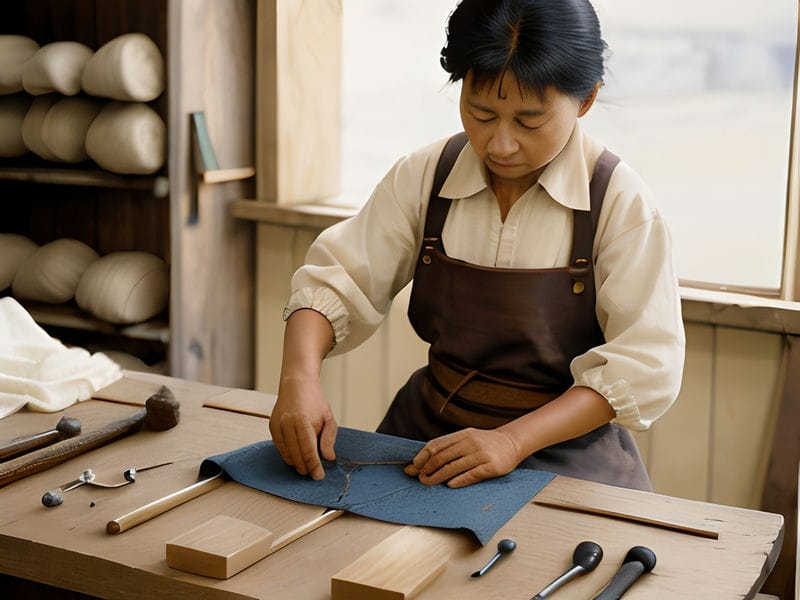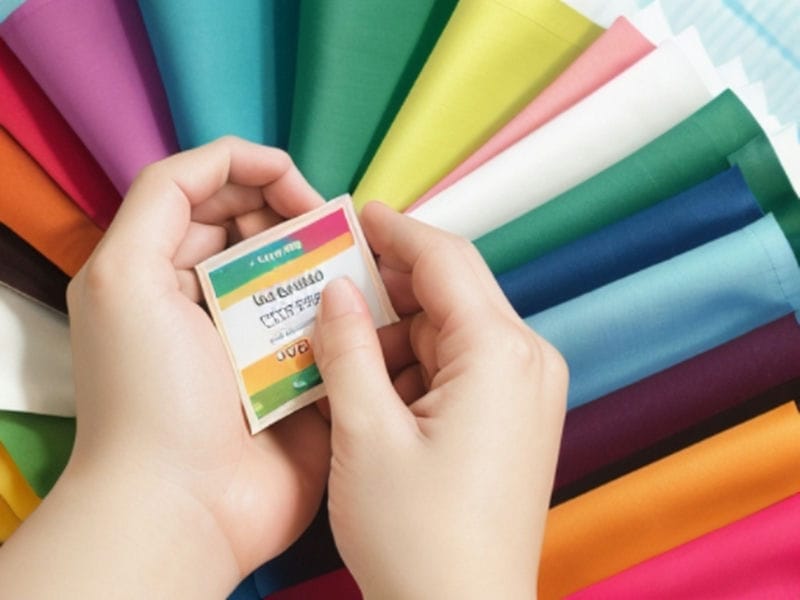
Overview of different ways fashion brands can support social causes
Case Studies of Socially Responsible Fashion Brands
Patagonia is a shining example of a fashion brand that has made a firm commitment to sustainability and ethical sourcing. Fair trade fashion supports artisans worldwide The Importance of Gender Equality in Fashion Tencel. Sustainable fashion aims to reduce the environmental impact of clothing Sustainable Fashion Innovations Rent or Lease Clothing. This outdoor clothing company has been at the forefront of the movement towards environmentally-friendly practices and fair labor standards in the fashion industry.
One of the key ways in which Patagonia demonstrates its dedication to sustainability is through its use of recycled materials. The company has long been a pioneer in using recycled polyester, organic cotton, and other sustainable fabrics in its products. In fact, Patagonia was one of the first apparel brands to offer a full line of products made from recycled materials.
Combo Regular
In addition to using sustainable materials, Patagonia also takes great care to ensure that its supply chain adheres to strict ethical standards. The company works closely with its suppliers to ensure that workers are treated fairly and paid a living wage. They also regularly audit their factories to ensure compliance with labor laws and environmental regulations.
Furthermore, Patagonia is committed to transparency in its operations. The company openly shares information about its sourcing practices, environmental impact, and social responsibility initiatives with consumers. This level of transparency helps build trust with customers who are increasingly concerned about where their clothes come from and how they were made.
Overall, Patagonia's commitment to sustainability and ethical sourcing sets it apart as a leader in socially responsible fashion. By prioritizing people and planet over profits, this brand serves as an inspiration for other companies looking to make a positive impact on the world through their business practices.










